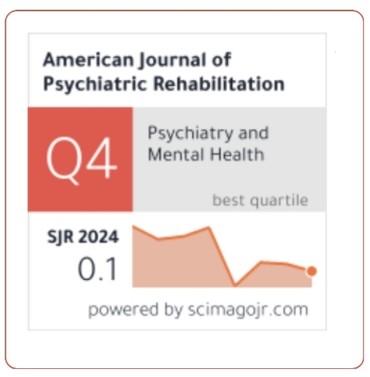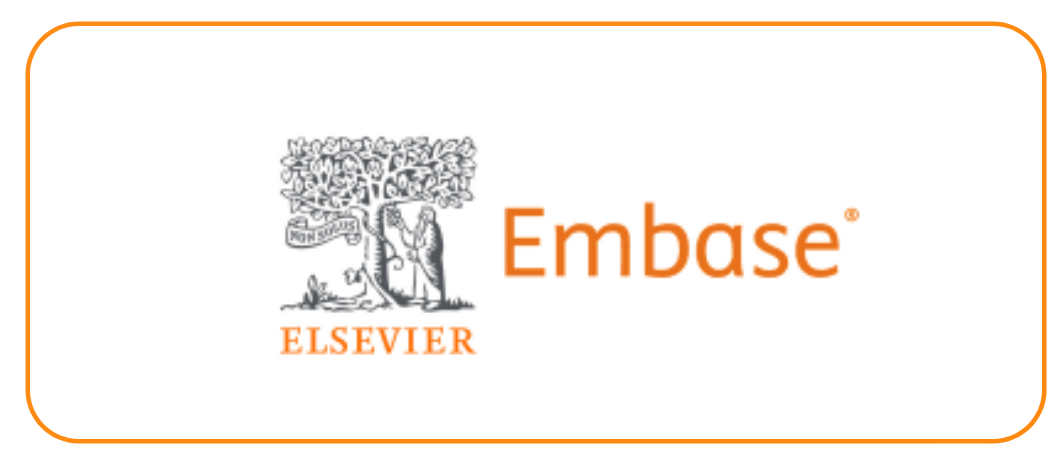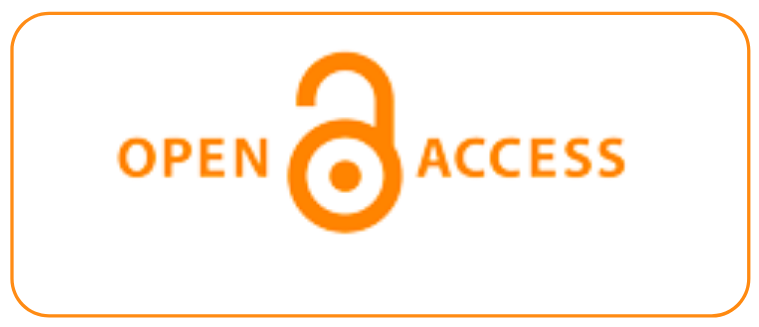Digital Classroom Discourses in Pakistan: A Descriptive Study
DOI:
https://doi.org/10.69980/ajpr.v28i1.181Keywords:
Digital, Classroom Discourses, Descriptive study, PakistanAbstract
The present study showcases the influence of Digital Classroom Discourses, and the factors contributed to the digital classroom learning environment in Pakistan. The objective of the present study is to find out the challenges of digitalized environment in terms of interactional variation between teachers and students. This study is qualitative descriptive in nature and purposive sampling type has been used. Moreover, this study is inspired by Sinclair and Coulthard’s (1992) model to find out answer to the research questions. The implementation of online classes during Pandemic Covid-19 was considered as a challenging task because most of the tutors and pupils were not acquainted with the latest technology. The present research focused more on the impact of digital classrooms as the virtual learning format was novel to everyone. In accord, the researcher collected and analyzed data of online classes from different universities i.e. University of Lahore, Foundation university etc. Furthermore, the researcher identified the interactional patterns of teachers and students’ communication in the collected extracts. By applying Sinclair and Coulthard’s model (1992), the researcher figured out some new categories i.e. repetition (rpt) & confirmation (conf) and some online mending strategies like Presence Ensure Technique (PET) & Self-Elicit Strategy which may be considered as useful in the successful conduction of online classes. The researcher found that the above-mentioned findings regarding digital classes are unlike traditional face to face learning format. The present study coined the new dimension of observing digital classroom discourses from Sinclair and Coulthard’s perspective.
References
1. Al-smadi, O. A. & Ab Rashid, R. (2017). ‘A Theoretical Review of Classroom Discourse’. Faculty of languages and communications, University Zainal Abidin , 21030 Kuala Nerus, Terengganu, Malaysia.
2. Argentin, G., Gui, M., Pagani, L. & Stanca, L. (2014). The impact of Digital Literacy on Educational Outcomes: Evidence from Performance tests. University of Milan, Bicocca.
3. Atkins, A. (2001). Sinclair and Coulthard’s ‘IRF’ model in a one-to-one classroom: an analysis.
4. Baker. P. (2011). Key terms in Discourse Analysis
5. Brown, C. (2016). Digital citizenship Toolkit.
6. Carrol, N. & Burke, M. (2010). Learning effectiveness Using Different Teaching Modalities, American Journal of Business Education, Volume 3, Number 12,Dominican University, USA.
7. Cazden, C. B. (2001), Classroom Discourse: The Language of teaching. Second edition. portsmouth,NH: Heinemann
8. Clements, B. (2020). Communicating in the Digital Classroom: Comparing Experiences Online and Face-to-Face.
9. Constance, E. W. (2006). Interaction in Online Learning Environments. The Quarterly Review Distance Education, Volume 7(4), The Ohio State University, 2200 Olentangy River Road , Columbus, USA.
10. Cots, J. M. (1995). Bringing Discourse Analysis into the Language Classroom. Department d’ Angles de Linguistica.
11. Coulthard, M & Sinclair. (1992). Advances in Spoken Discourse Analysis, Routledge, 11 New Fetter Lane, London.
12. Crystal, D. & Robins. (2020). Language: Additional information, The Editors of Encyclopedia Britannica; University of London. Author of General Linguistics.
13. Dailey, A. (2010). An analysis of Classroom Discourse: The Usefulness of Sinclair and Coulthard’s Rank Scale in a Language Classroom, University of Birmingham.
14. Demei,S., Moon-Heum, C., Chia-Lin, T., & Rose, M.(2013). Unpacking online learning experiences: Online learning self-efficacy and learning satisfaction. The Internet and Higher Education, 19,10-17.
15. Eshet-Alkalai, Y. & Amichai-Hamburger, Y. (2004). Experiments in Digital Literacy. Article in Cyber Psychology and Behavior.
16. Fairclough, N. (1989) Language and power. London:Longman Fairclough, N. (1992b) Critical language awareness. London:Longman
17. Gee, J.P. (2001). Book. Introduction to Discourse Analysis, Theory and Method, Second addition. Routledge , Taylor &Francis group, London &Newyork.
18. Gough, D.O. (2017). Critical Discourse Analysis: Current approaches and the advent of Mult- modality, Doshisha University.
19. Imus, M. (2019). Google Classroom: An Effective Virtual Platform to teach Writing in an EFL.
20. Janks, H. (1997). Critical Discourse Analysis as a Research Tool. University of the Witwatersrand.
21. Lankshear, C. & Knobel, M. (2015). Digital Literacy and Digital Literacies: Policy, Pedagogy and Research Considerations of Education. James Cook University, Australia & Montclair State University, USA. Nordic Journal of Digital Literacy, 2006-2016, p. 8- 20, ISSN online: 1891-943X.
22. Lowenthal, P.R. & Dunlap, J.C. (2018) .“Investigating students’ perceptions of Instructional strategies to establish social presence. “Distance Education,39(3),281-298. Boise state University, University of Colorado Denver.
23. Lowenthal, P.R. ,Borup, J. , West, R.E. & Archambault, L. (2020). Thinking beyond Zoom: Using Asynchronous video to maintain connection and engagement during the covid
24. -19 Pandemic JI.of Technology and Teacher education ((2020)28(2),383-391
25. Moore, J.L. Dickson-Deane, C. & Galyen, K. (2010). E-learning, Online, and Distance Learning Environments: Are they the Same?. Internet and Higher Education, School of information Science and Learning Technologies, University of Missouri, Columbia, USA
26. Paul, J. & Jefferson, F. (2019). A comparative Analysis of performance in an Online Vs. Face- to-Face Environmental Science Course From 2009-2016.
27. Purwanto, A. & Pelita. (2020). Covid-19 Pandemic and home online learning system: Does it affect the quality of pharmacy school learning ,Harpan University, Sys Rev Pharm 2020;11 (8):524-530
28. Rojo, L.M. (2009). New Developments in Discourse Analysis: Discourse as social practice, Folia Linguistica/Volume35:Issue 1-2.
29. Stalpers, J. (1988). The Maturity of Discourse Analysis, vol.17, No. 1 ,pp.87-97 pages(11 pages) Published by Cambridge University press.
30. Stern, J. (2020). Introduction to Online Teaching and Learning. http:// www.sloan – c.org/resources/index.asp
31. Stone, C. (2019). Online learning in Australian Higher Education: Opportunities, challenges and transformations, Volume 10, Issue 2, pp. 1-11 University of Newcastle, National Centre for Student Inquiry in Higher Education, Newcastle, Australia.
32. Tu, C. & Corry, M. (2002). Research in Online Learning Community. The George Washington University, Washington, USA.
33. Walsh, S. (2006). Investigating Classroom Discourse, Book Review, London and New york: Routledge, pp.188 , ISBN 0415364698 (pbk).
34. Wodak, R. (2002). Aspects of Critical Discourse Analysis. ZfAL, Vol. 36, (Pp. 5- 31). www. academia.edu. pk
35. Zheng, H. (2017). Discourse Analysis of Journal Article.
36. Zheng, S., Rosson, M.B. Patrick C. & Carroll, J.M. (2015). Understanding student motivation, behaviors and perceptions in MOOC’s, The Pennsylvania state University, University Park,) PA
Downloads
Published
Issue
Section
License
Copyright (c) 2025 American Journal of Psychiatric Rehabilitation

This work is licensed under a Creative Commons Attribution 4.0 International License.
This is an Open Access article distributed under the terms of the Creative Commons Attribution 4.0 International License permitting all use, distribution, and reproduction in any medium, provided the work is properly cited.









